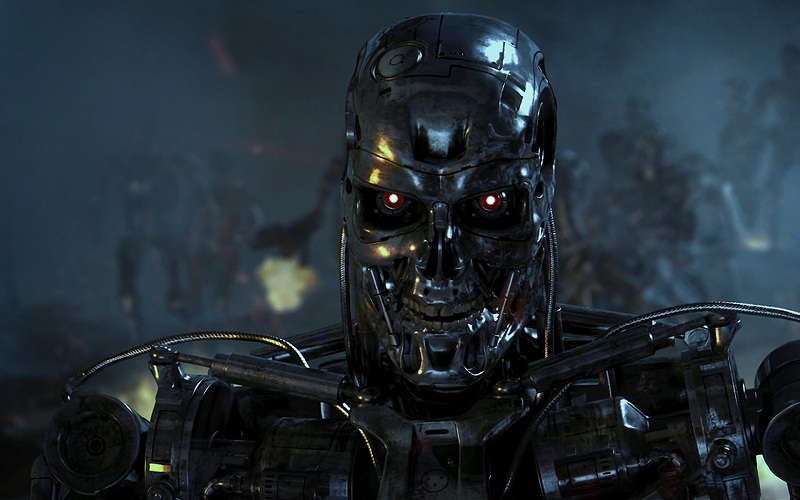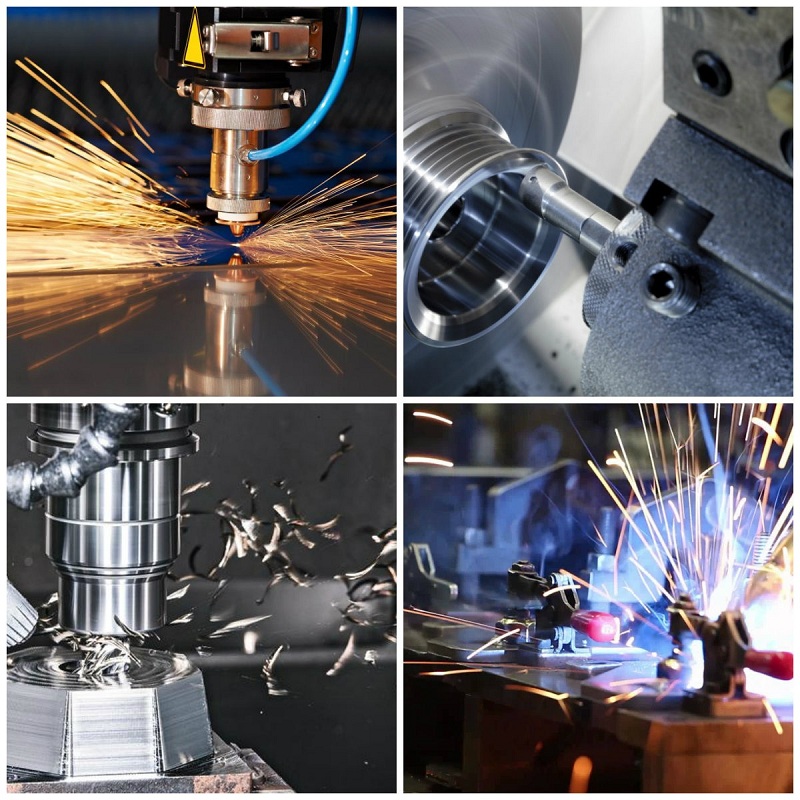
Machines and computers are advancing at an incredible exponential rate. And though they won’t be taking over the world anytime soon, or at least I hope so, they have a huge impact on the economy, society, and our everyday life in general. The benefits of machines are most notable in the manufacturing and fabrication industry. Before the electronic age, all the parts had to be manufactured either by hand or with the help of manual milling machines. The first Numerical Control or NC milling machine was developed by MIT in 1949 and it used servos to produce complex geometrical parts for the U.S. Air Force. It was inevitable for NC machines to later merge with the newly invented computer technology, thus giving birth to a new type of machines called CNC machines, where CNC stands for Computer Numerical Control.
CNC precision machining has revolutionized the way components or sub-assemblies are made. It can be used for manufacturing both metal and plastic parts. The way a CNC machine works is by using a unique computer software and consoles to control machine tools such as lathes, mills, routers, and grinders. A computer program that is customized for a specific object and using a special CNC machining language, called G-code, controls the functions of the machine tools and all the features like feed rate, location, coordination, speed etc. But, before that, computer-aided design or CAD software is used to draw a either 2D or 3D object, which is then translated into a code that the CNC machine can understand. After the program is loaded, the operator runs a test of the program which is referred to as “cutting air”. This step is very important to make sure that there are no problems with the program because even the smallest mistake with speed or position can turn out to be disastrous.
Using CNC precision machining has many advantages. For starters, CNC machining is much more precise than manual machining and the process itself can be repeated in exactly the same way over and over again. Also, there are complex shapes that are practically impossible to make with manual machining and can only be achieved with CNC precision machining. And of course it is both energy and cost efficient. Today CNC machines can be found in almost all industries, from small scale to big companies and they find applications in almost all types of industries, from aircraft and military equipment to dental blanks.
























